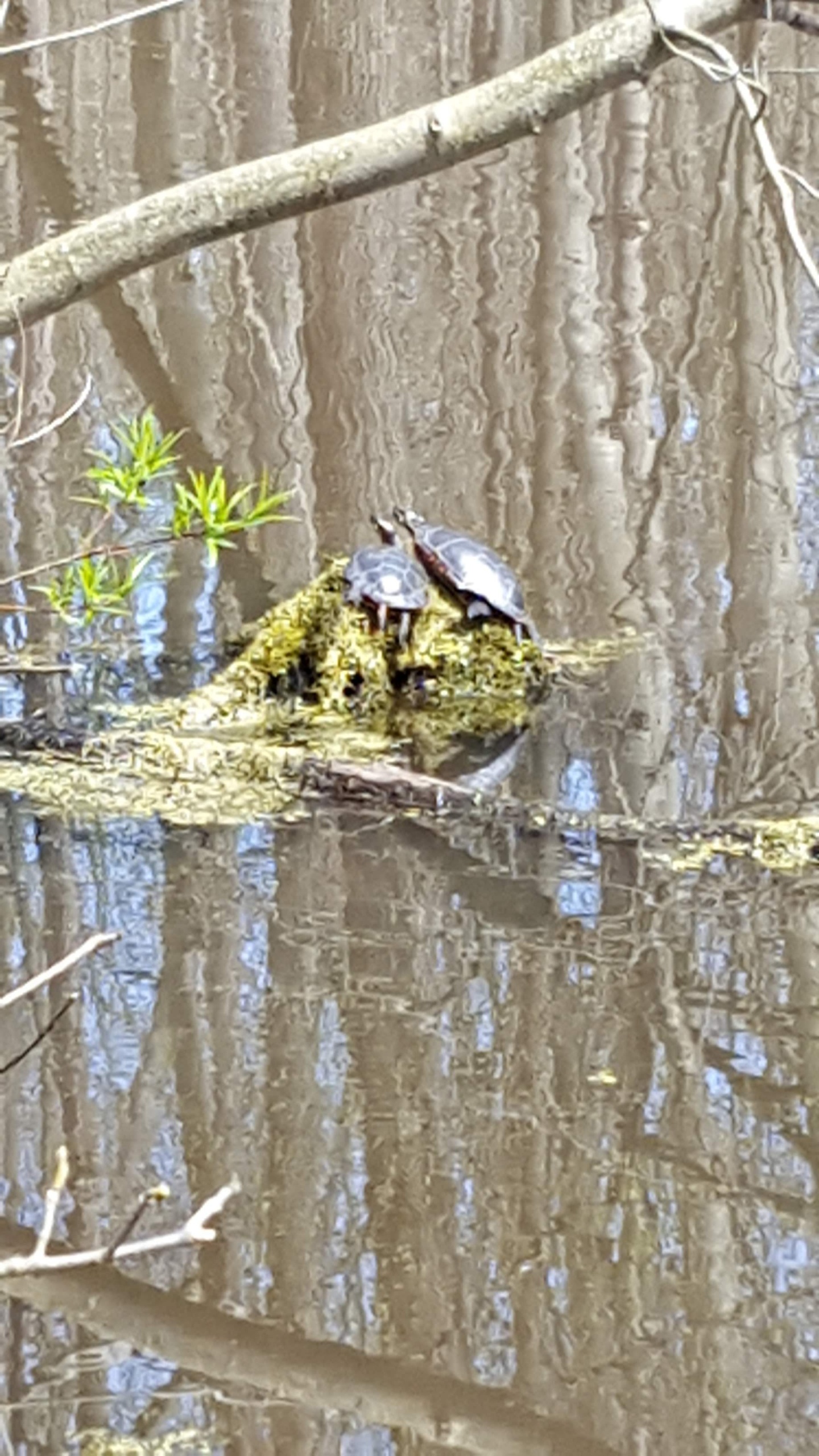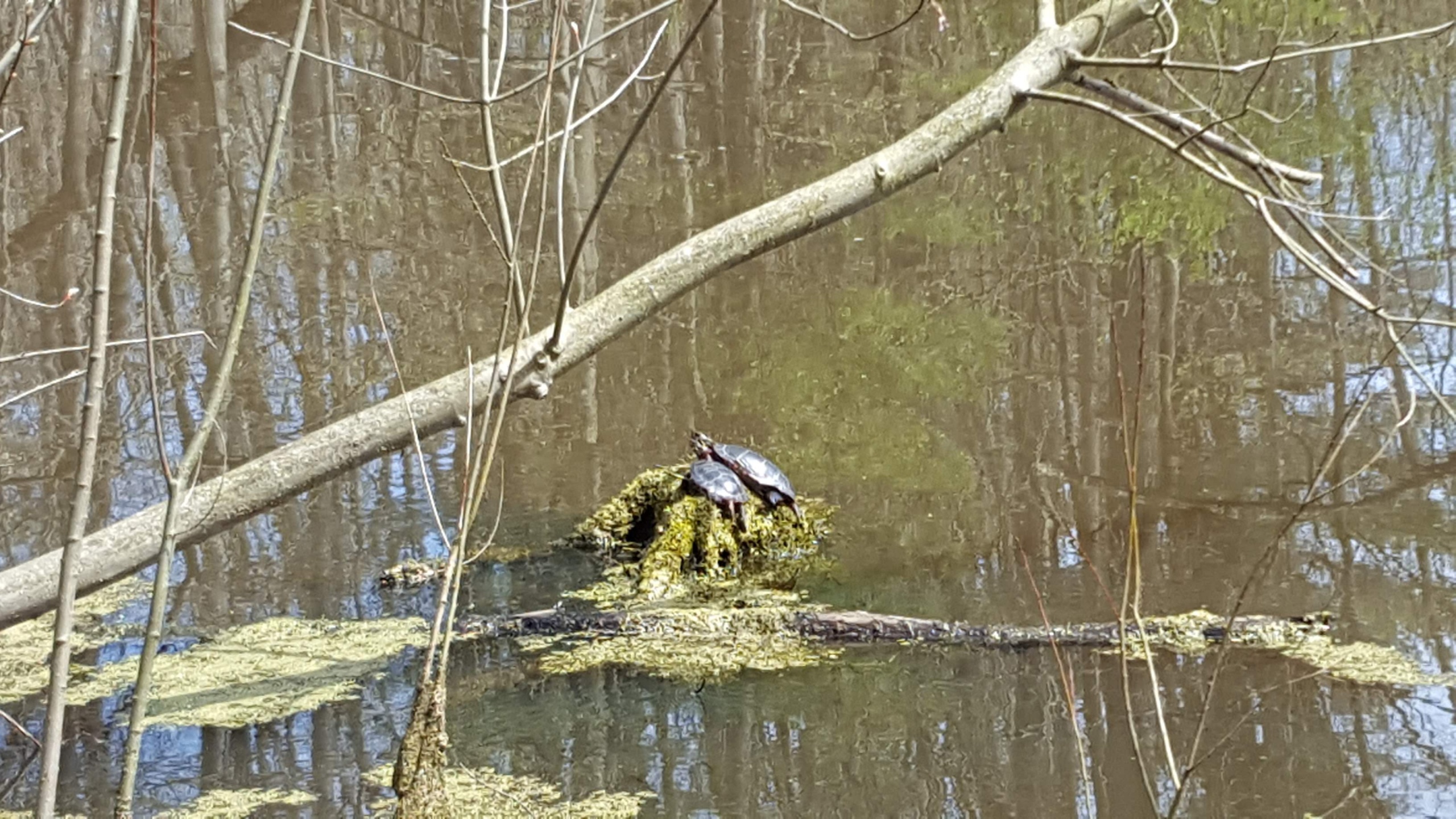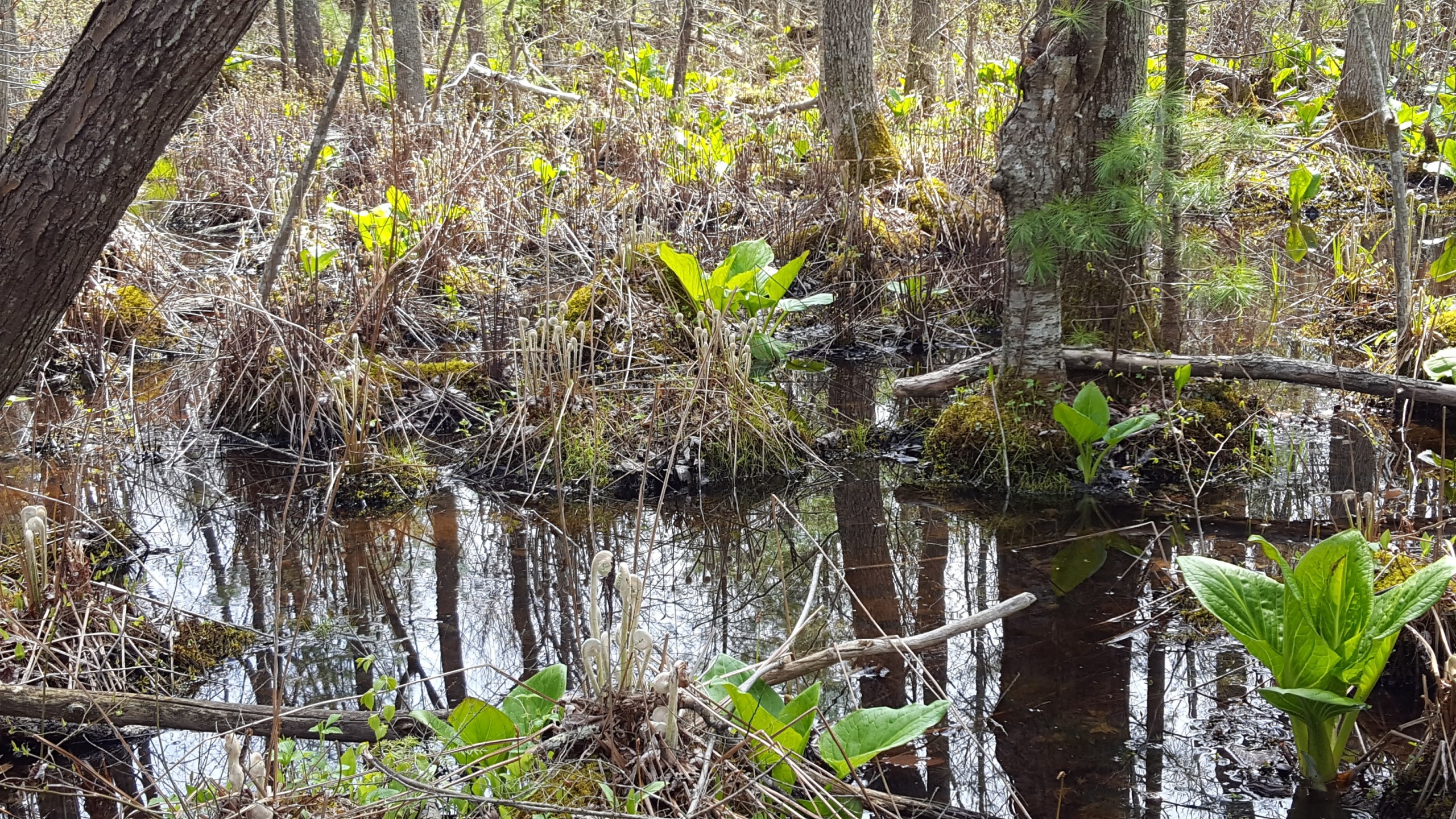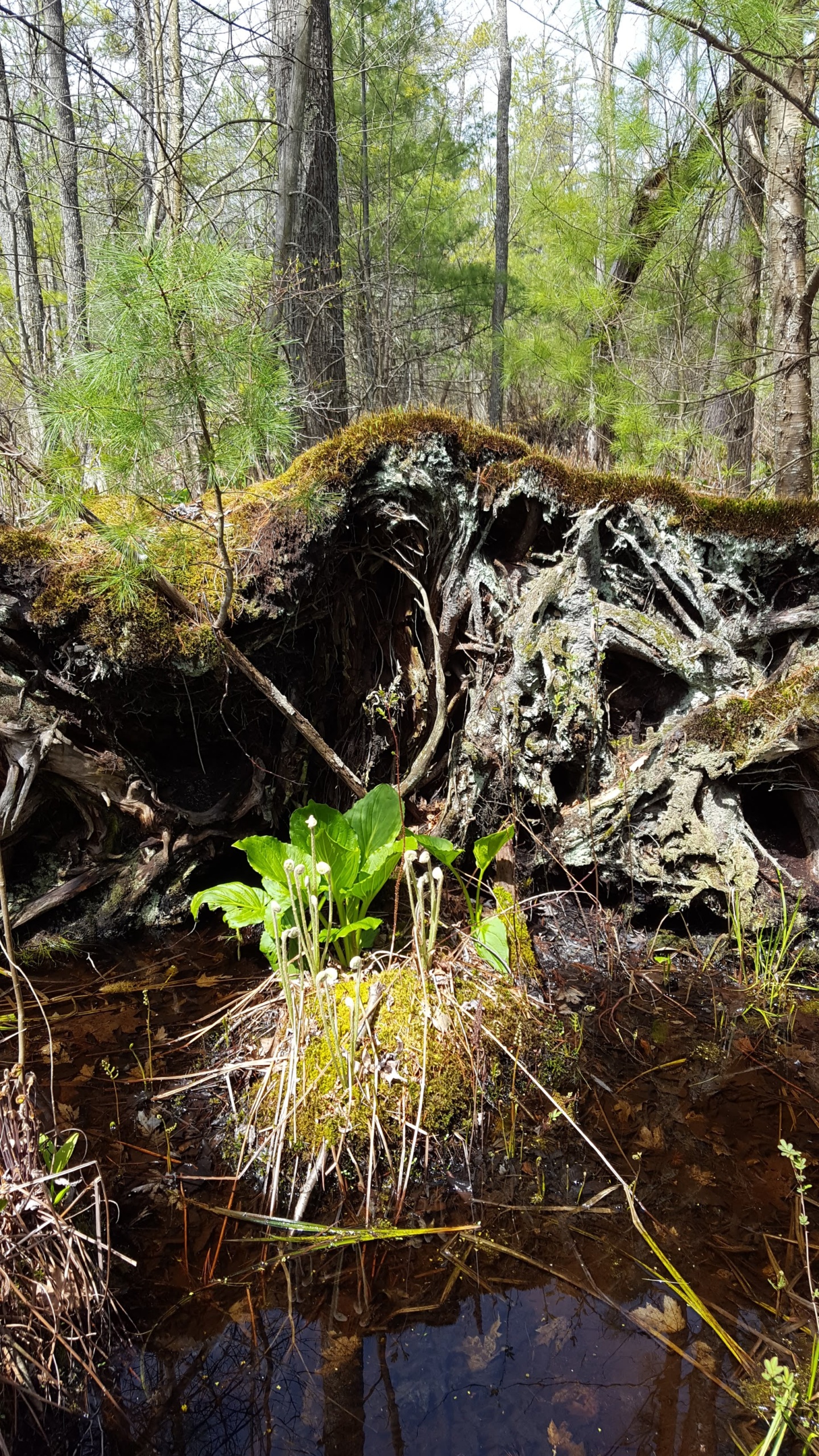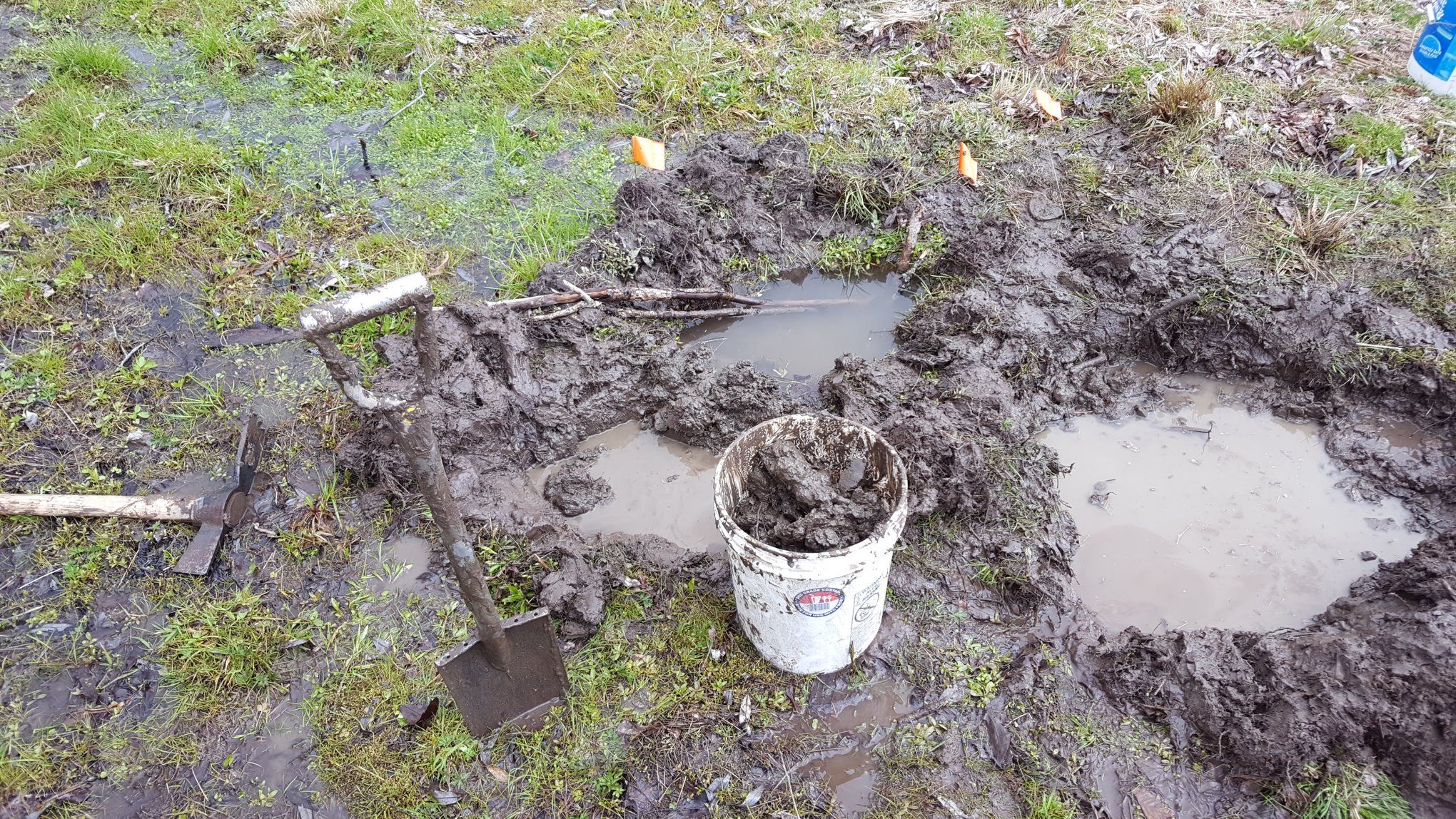Adapt in place, live in the here and now, and truly make the world a better place whether times are good or . . .
This post summarizes the defining features of ‘The Adapters Movement’. I hope this post fills a gap, offering a healthy framework to respond to the critical time we are living in. As it becomes clearer that many systems we rely on will not suffice or survive in the future, I hope this and similar movements will serve as popular and robust alternatives to inaction or to isolationist (and sometimes extremist) forms of preparedness and survivalism. Let us lessen, not worsen, inevitable harm.
This movement was first introduced to me in the form of a long, winding post by a widely appreciated blogger Ross Raven aka Category5 on Permies.com: C5 Defines The Adapters Movement – Acceptance and Triage. Permies is the world’s largest permaculture forum (or so I’ve heard from them), and this Permies post was being discussed in an online community of the Deep Adaptation movement (which I introduce below).
I read the long thread introducing The Adapters Movement over a few days, and I found a lot of gems in it, representing the best of the ‘prepper’ and ‘survivalist’ movements, while explicitly revising many of those movements’ most off-putting and self-destructive problems. To help make the Adapters movement more accessible, I am sharing this relatively-short write-up introducing it and outlining its key themes. A heads up about what’s ahead: This post prints as four pages, which is much shorter than the many essay-length posts in the original Permies.com thread that this intends to summarize.
A little more context. This ‘Adapters Movement’ fits the wisdom of Deep Adaptation well. Here is Deep Adaptation in a nut shell: Many systems we rely on (e.g. food, housing, medicine, water, wood, ‘waste’, wildlife, social systems) are in the process of collapsing and some will fail. Human extinction is possible but not probable, and so we need to adapt to minimize harm. The way to adapt, according to the Deep Adaptation movement, can be summarized with the “Four R’s framework for inquiry“:
- Relinquish what we need to stop to avoid more harm
- Resilience is a priority for what we have that we need to preserve
- Restore what we need from the past to live in ways that remedy and reduce harm
- Reconcile relationships to remedy and reduce harm
With that introduction, here is a summary of key points I took from that long Adapters movement post linked to above. I hope this helps inspire and clarify paths forward that are well adapted to grow bright, solarpunk futures out of collapse and change.
Continue reading →


